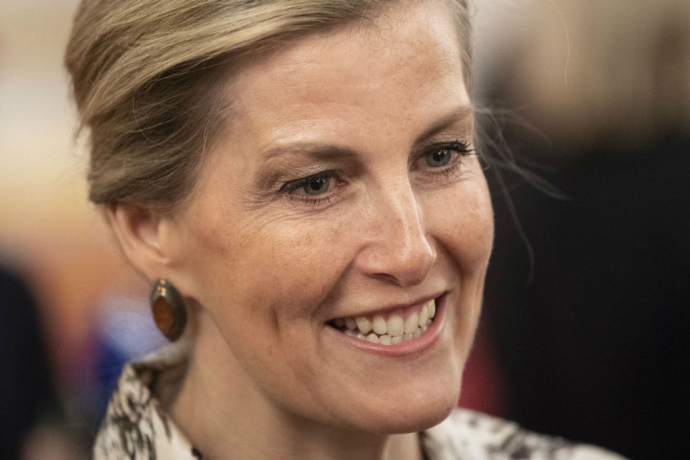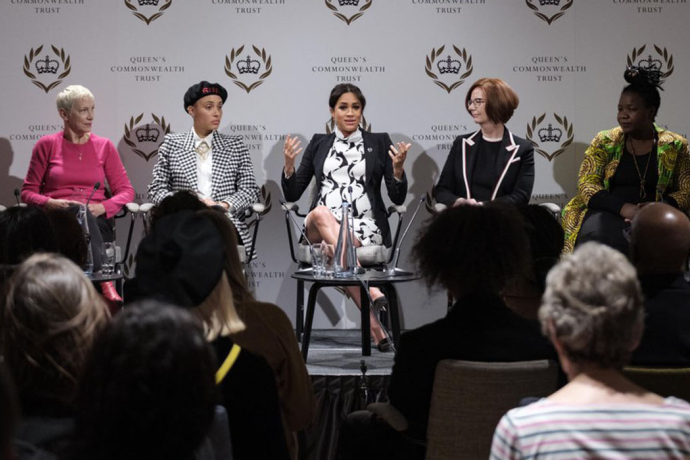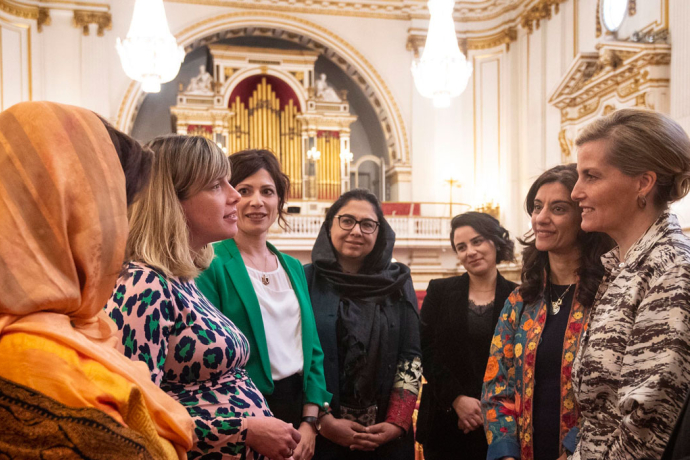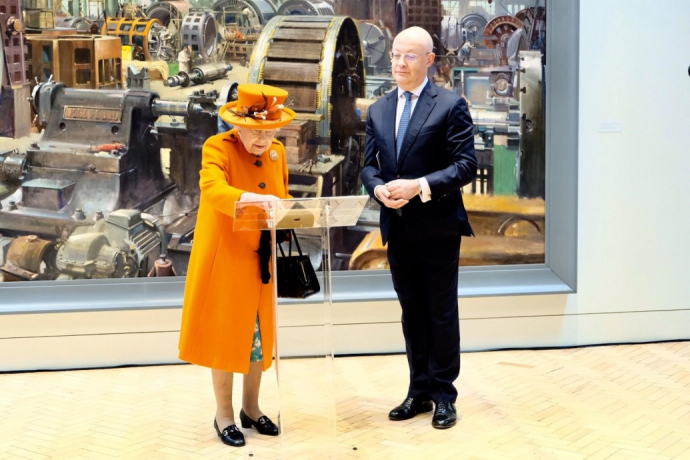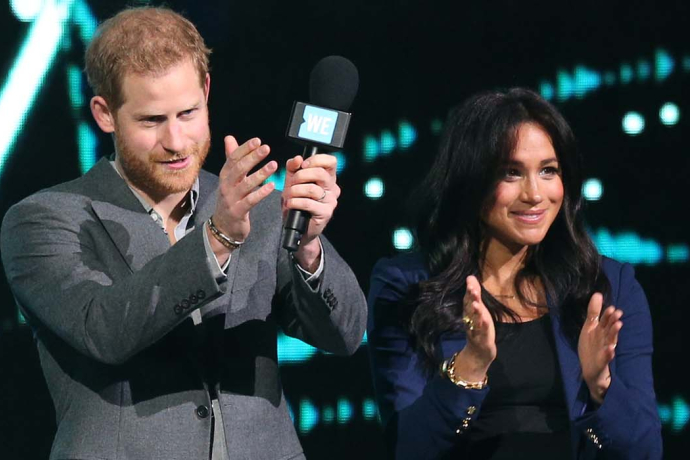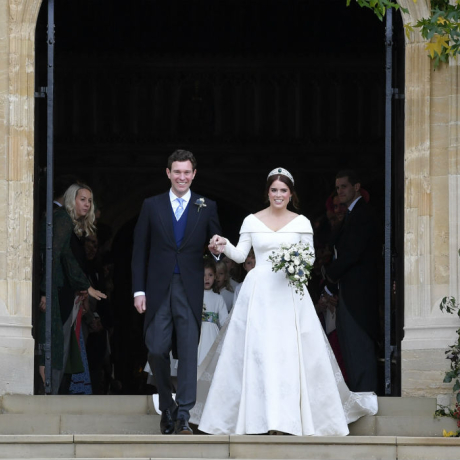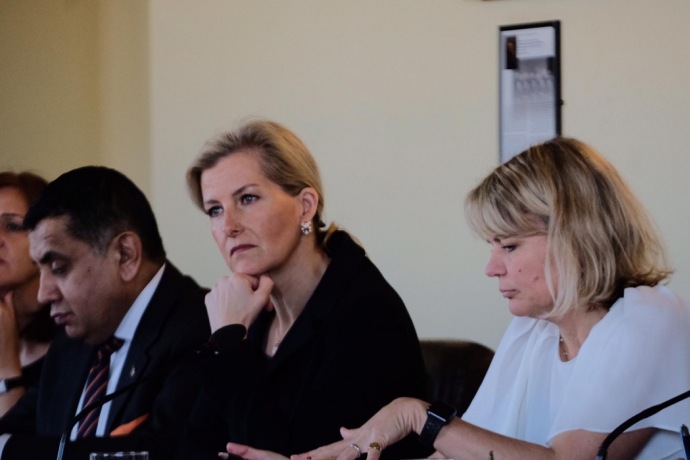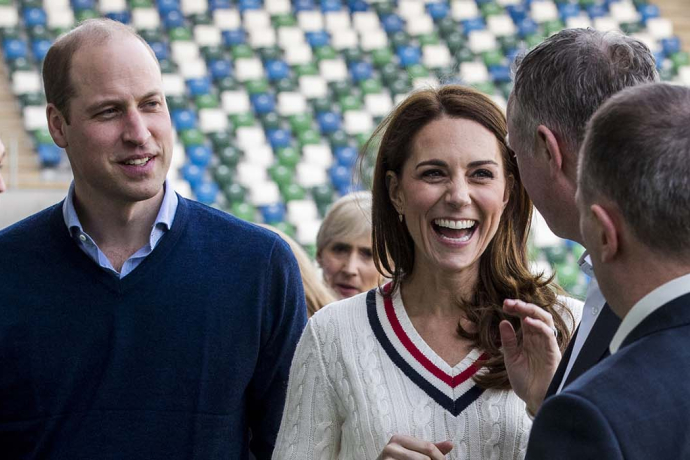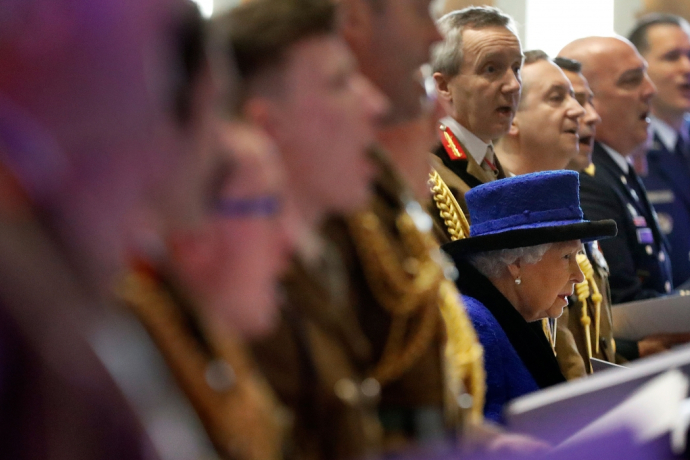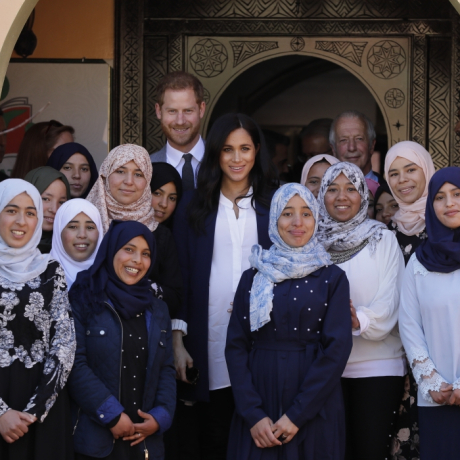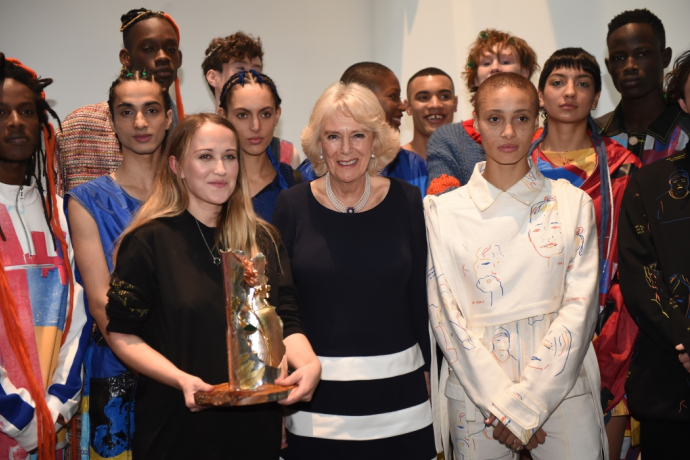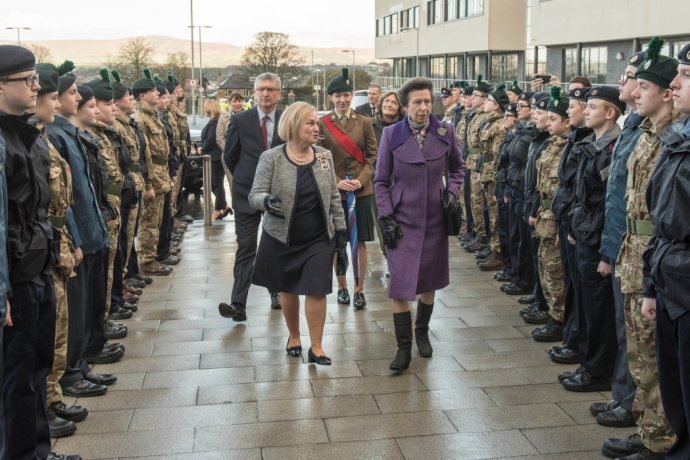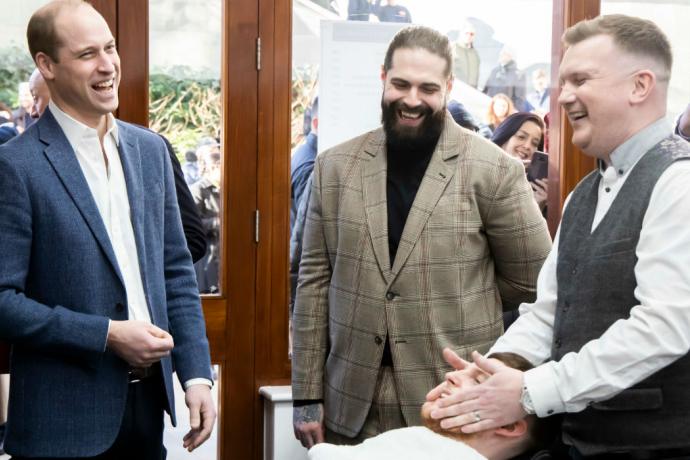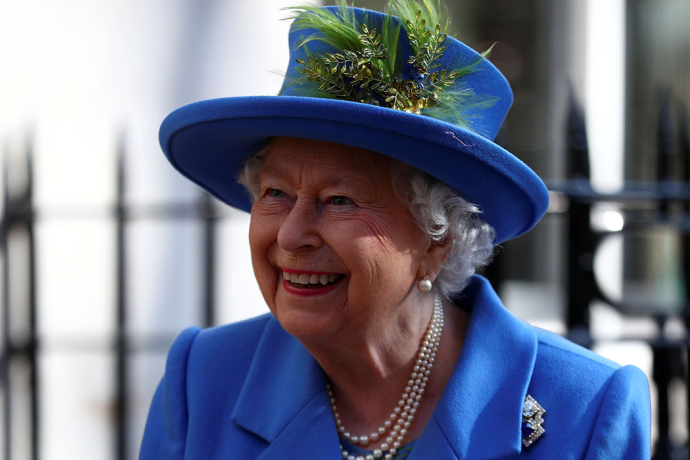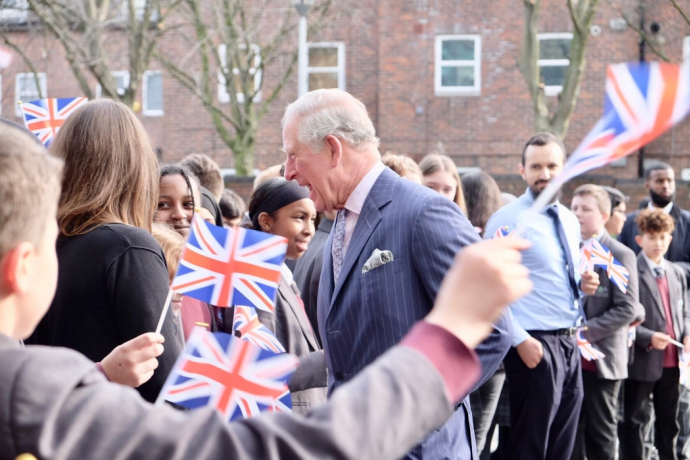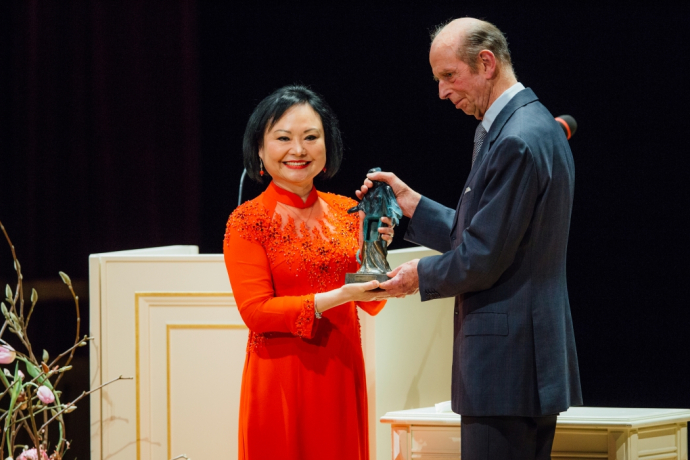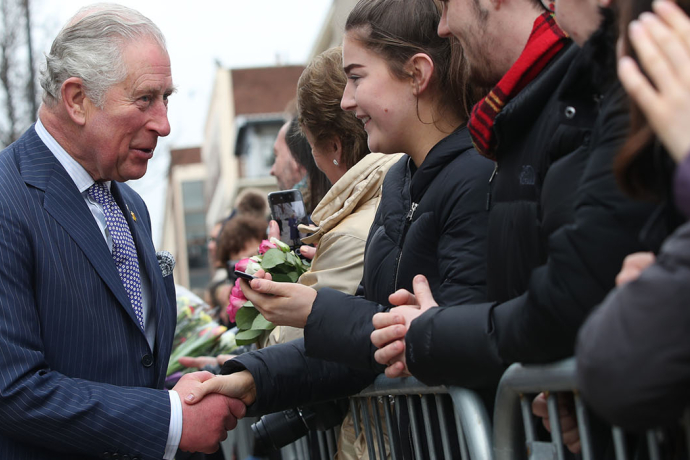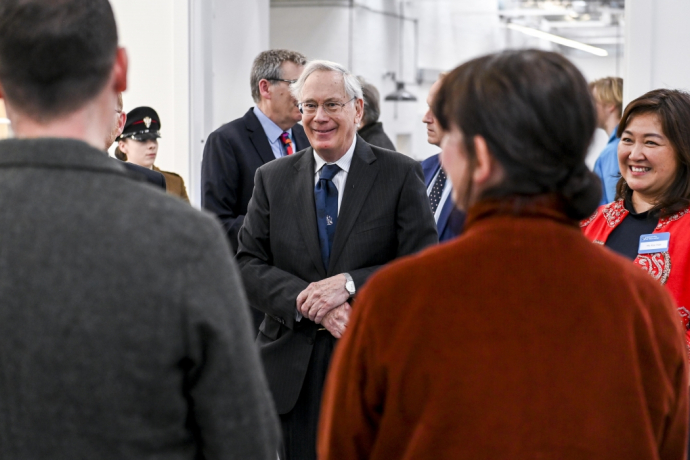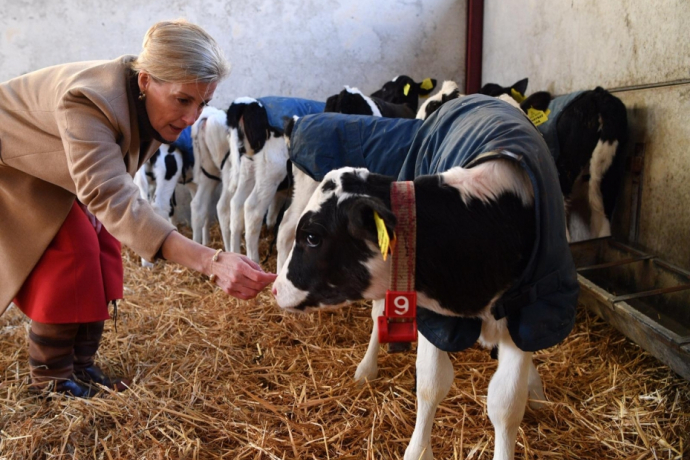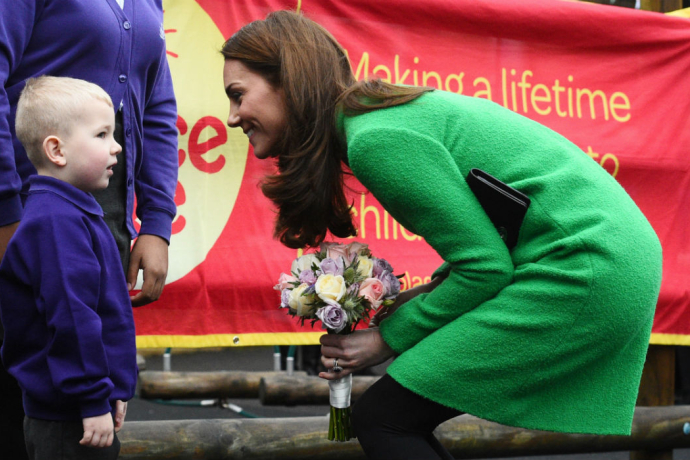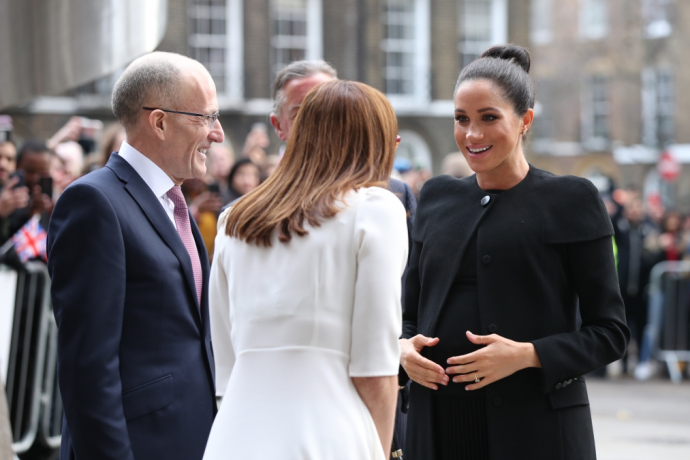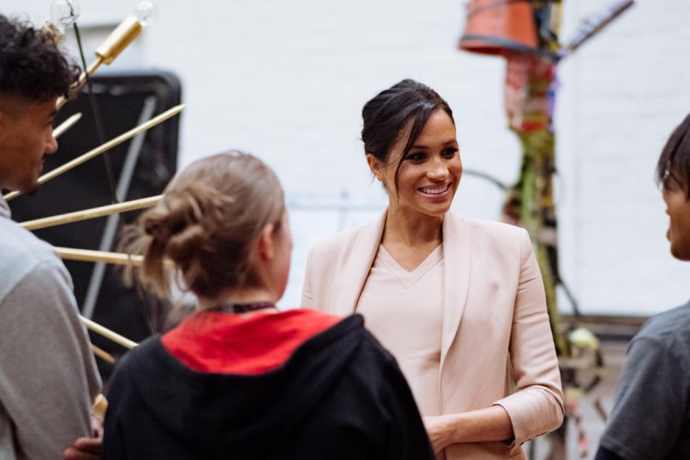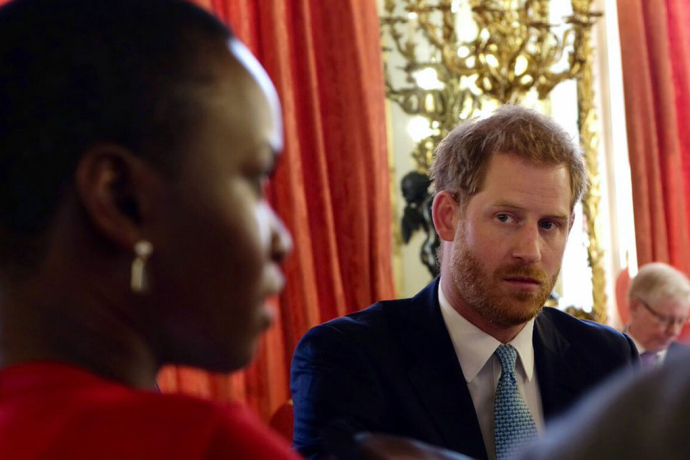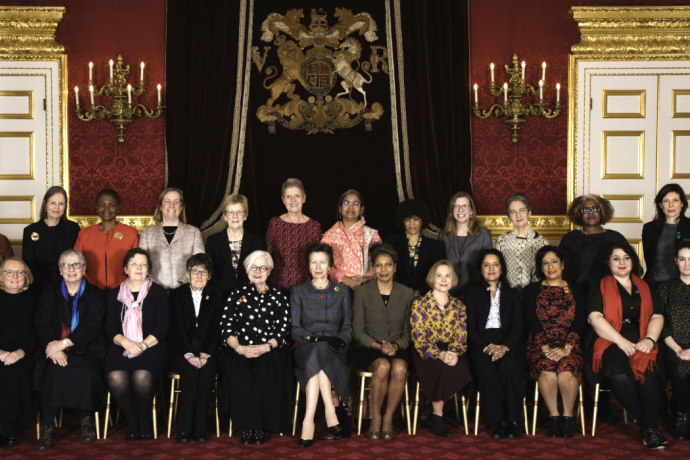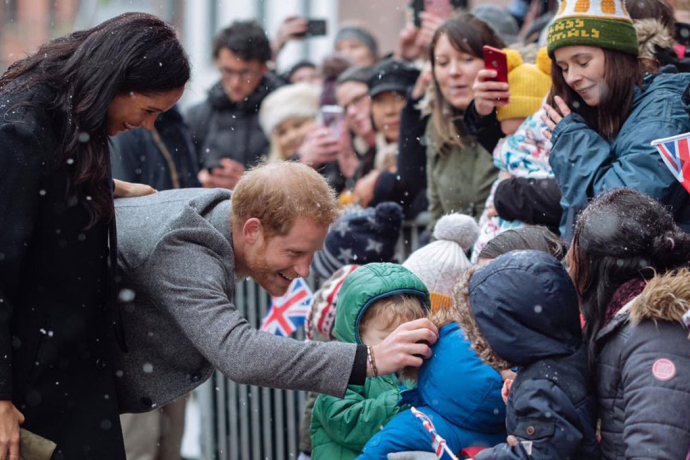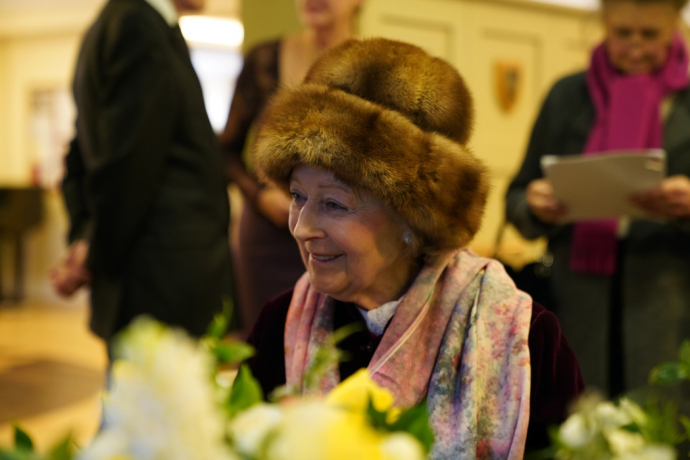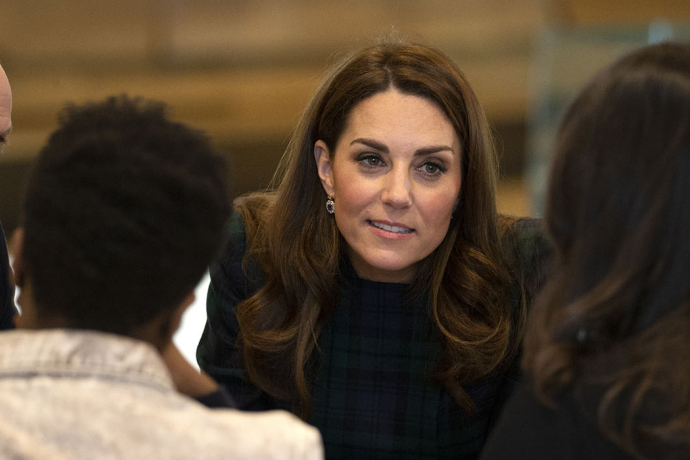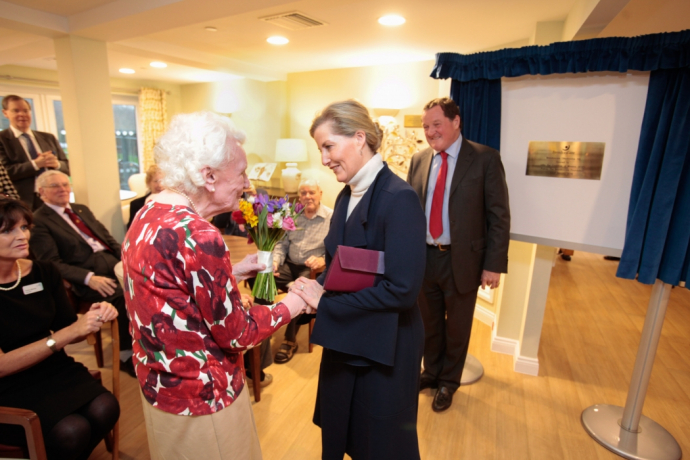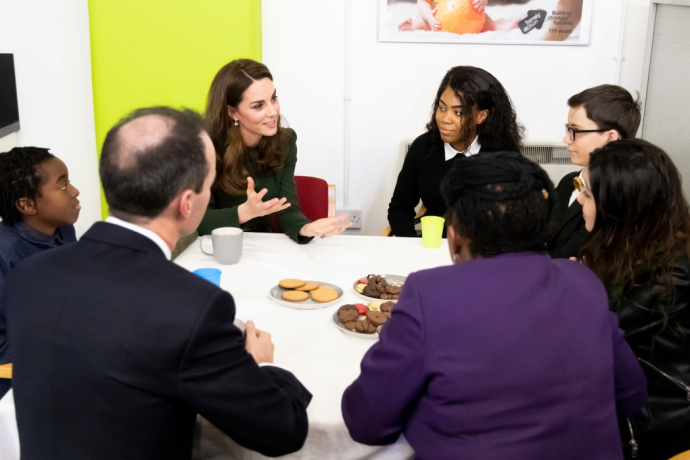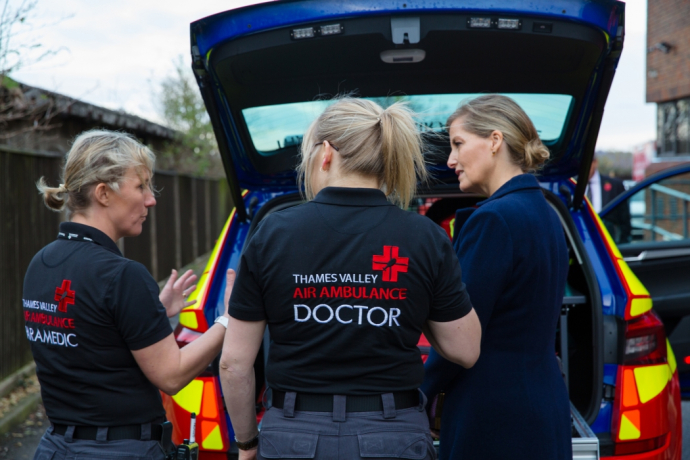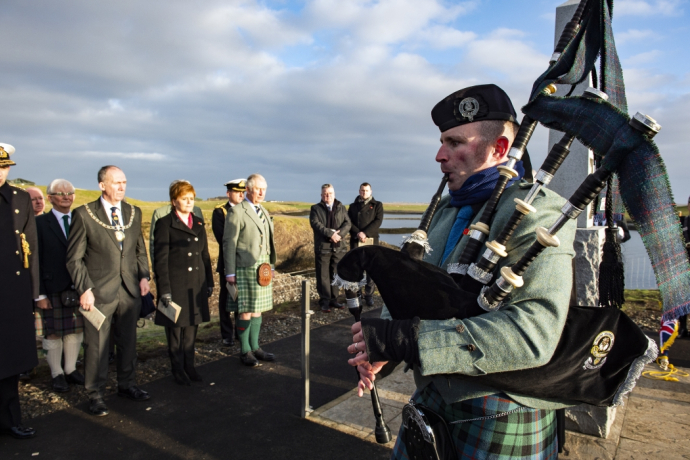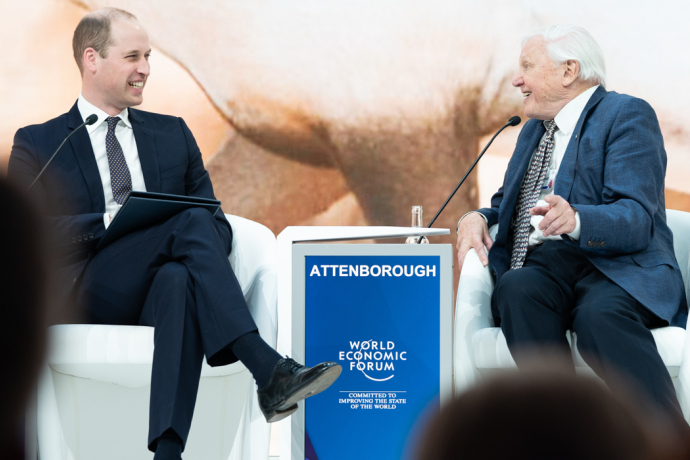The Crown Jewels are the ceremonial treasures which have been acquired by English kings and queens, mostly since 1660.
The collection includes not only the regalia used at coronations, but also crowns acquired by various monarchs, church and banqueting plate, orders, insignia, robes, a unique collection of medals and Royal christening fonts.
Edward the Confessor (reigned 1042-66), who deposited his Royal ornaments for safe-keeping in Westminster Abbey, may have been the first monarch to assemble a regalia. These have been replaced or altered over the succeeding centuries.
The Crown Jewels suffered their most disastrous fate following the execution of Charles I in the seventeenth century. In 1649 Cromwell ordered that the Royal regalia 'be totally broken' as being symbolic of the 'detestable rule of kings'.
The regalia's precious stones were sold separately and the precious metal sent to the Mint to be coined, although other pieces (such as the Coronation Spoon dating from the twelfth century and later returned to Charles II) were sold intact.
The Coronation Chair (dating from 1300) remained intact as it was used in 1653 at Westminster Hall when Cromwell was installed as Lord Protector.
However, detailed records of the old regalia survived, and replacements for the lost regalia were made at a cost of nearly £12,185 for Charles II's coronation in 1661.
Since Charles II's coronation, there have been many additions and alterations to the regalia. New sets of regalia had to be made in 1685 for James II's wife, Mary of Modena (the first Queen Consort to be crowned since the Restoration) and for Mary II in 1689 when she was crowned with her husband William III (as Queen in her own right).
From the reign of Anne (crowned in 1702) until the early twentieth century, it was quite usual for the regalia to be set with jewels hired for the coronation only.
Afterwards, the stones were returned to the jewellers and the regalia were sometimes re-set with crystals or paste and put in the Jewel House for display. The monarch would then use a State crown set with coloured jewels for Parliamentary use.
More often, the crowns were dismantled, leaving only the frames. For example, George IV tried to persuade Parliament to buy the stones for his crown so that it could remain set as a permanent crown. He failed and the crown was eventually dismantled.
Britain is the only European monarchy still using its regalia for the consecration ceremony of crowning the Sovereign. At Westminster Abbey, where William I was the first monarch to be crowned, the Sovereign is escorted to the Coronation Chair (used at every coronation since 1300) by individuals carrying the processional regalia.
These include two of the Royal maces, three swords (representing Mercy, Spiritual Justice and Temporal Justice), the Great Sword of State (symbolising the Sovereign's Royal authority) and St Edward's Staff (dating from 1661).
After the coronation oath comes the anointing by the Archbishop of Canterbury on the Sovereign's hands, breast and head, the oil being poured from the ampulla into the spoon.
The ampulla (dated 1661) is a golden eagle flask which holds the holy oil used in the anointing, whilst the spoon is the oldest piece in the regalia, probably made for Henry II or Richard I.
The anointing is followed by dressing in the coronation robes (up to Queen Victoria's coronation in 1838, new robes were provided; George V and his successors have all worn the robes on display in the Jewel House).
The spurs (dating from 1661 and representing knighthood and chivalry), the jewelled Sword of Offering (dating from 1820) and the armills (gold bracelets representing sincerity and wisdom, The Queen was given new armills by the Commonwealth for her coronation in 1953) are then presented.
The Sovereign's Orb (representing Christian sovereignty) is placed in the Sovereign's right hand. Set with precious stones and pearls, it was made for Charles II's coronation, for a total cost of £1,150. It is then returned to the Altar.
The coronation ring (representing kingly dignity, and dating from 1831) is placed on the Sovereign's right hand and the sceptres are then presented. The Sceptre with the Cross symbolises the Sovereign's temporal power under the Cross, while the Sceptre with Dove - or Rod of Equity and Mercy - symbolises the Sovereign's spiritual role.
The climax comes when the Archbishop of Canterbury places St Edward's Crown on the Sovereign's head.
The Crown Jewels have had a turbulent history.
King John is said to have lost the Crown Jewels in quicksand in 1216.
Edward III pawned the jewels to pay his troops during an overseas campaign. Charles I's wife also managed to pawn the Crown Jewels in Holland at the beginning of the Civil War.
The most famous attempt at theft was in 1671 by Colonel Thomas Blood. He was caught at the East Gate of the Tower with the crown, one sceptre and the orb.
During the Second World War the jewels were hidden in a secret location which has never been disclosed.

